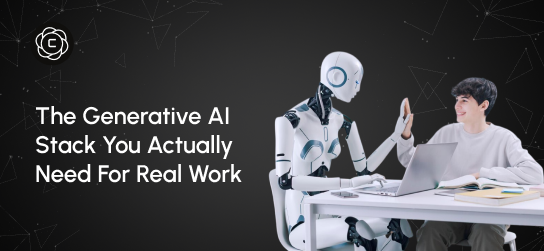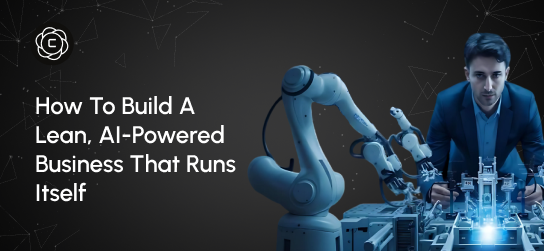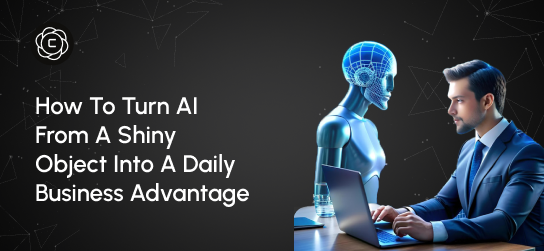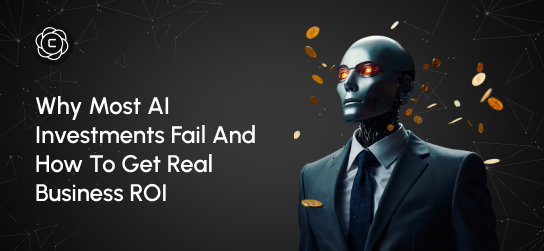Learning Center
Master AI creativity with our comprehensive guides, tutorials, and expert insights. From beginner basics to advanced techniques.
Sam Altman on AGI Timelines & Next‑Gen AI: A Fireside Blueprint from Snowflake Summit 2025
Introduction
At Snowflake Summit 2025, OpenAI CEO Sam Altman took the stage with rare clarity. This wasn’t a hype-fueled pitch or distant speculation. It was a grounded blueprint—an inside look at where AI is headed, what AGI really means in practice, and how compute-native intelligence is reshaping the way we build.
If you’re working with AI, or running a business that will soon depend on it, his wasn’t just another keynote. It was a quiet jolt. A wake-up call wrapped in strategy. A signal to move now, before the ground shifts beneath your feet.
1. AI Agents Are Already Rolling In
Altman made it clear: AI agents aren’t on the horizon, they’re already here.Today’s agents operate like junior employees. They take on small tasks, get reviewed, then reloop for improvement. But this is just the foothill.
According to Altman, “Within 12–18 months, these agents will handle complex analysis and problem-solving.”
That’s not a forecast. That’s a countdown.
Start embedding agents into your workflow now or prepare to be outpaced by those who do.
2. AGI: Momentum Matters More Than Milestones
The conversation shifted from whether AGI is “here” to something more important: how fast it’s advancing.Altman reframed the question beautifully:
“Show someone in 2020 today’s ChatGPT and they'd see AGI.”
In other words, the benchmark keeps shifting. What felt impossible yesterday becomes obvious tomorrow.
And by February 2027, Altman expects “breathtaking” leaps, far beyond what we saw between 2023 and 2025.
If you’re still waiting for a headline that says “AGI is live,” you’ve already missed it. The story is already being written; line by line, model by model.
3. Next‑Gen AI: Smaller, Smarter, Sharper
Altman dismantled the brute-force narrative. The future isn’t about stacking more GPUs, it’s about designing models that think better, not just run harder.
His vision is clear and contrarian:
“Small, efficient models with superhuman reasoning and a trillion-token context window.”
Smarter beats bigger. Precision beats power. And the next leap won’t come from scale—it’ll come from design.
That’s not science fiction. That’s a design philosophy.
And when asked whether OpenAI would simply multiply compute power, Altman answered with a twist:
He’d rather let the AI help design the next-generation models before scaling the hardware.
This is the real edge: optimization over overkill, intelligence over horsepower.
4. AGI Isn’t The Goal, Real-World Use Is
Altman highlighted what really matters: applied intelligence that solves problems today.Snowflake, for instance, announced enterprise-ready AI agents that can query internal company data and surface insights without writing a single line of SQL.
These tools aren’t prototypes. They’re production-ready systems meant to eliminate bottlenecks, accelerate decisions, and free up creative bandwidth.
It’s not about chasing AGI. It’s about building with what’s already powerful and available, now.
5. What You Can Do Now: Automate With Intelligence Using Crompt
The fastest way to fall behind is to hesitate.The smartest way forward is to operationalize AI workflows that feel almost unfairly efficient.
Crompt makes that not only possible, but repeatable.
Start with this stack:
-
Crompt AI Content Writer – Create internal briefings, blog posts, or strategic memos on emerging AGI trends.
-
Crompt AI SEO Optimizer – Ensure your insights get discovered across both traditional and AI-native search.
-
Crompt AI Ad Copy Generator – Launch new tools, pilot programs, or internal initiatives with high-converting campaigns.
The strategy is simple: create once, deploy everywhere, refine fast.
Conclusion: It’s Time to Mobilize
Altman’s message cut through the noise with precision:-
AI agents are not futuristic, they’re functional
-
AGI is progressing faster than anyone predicted
-
Model quality will trump raw compute power
-
Enterprise-grade AI tools are already in play
This is not a time to watch from the sidelines.
The gap between “experimenting” and “executing” will decide who thrives.
Those treating AI as a side quest will be replaced by those treating it as core infrastructure.
Your job now?
Integrate AI agents where they matter.
Iterate faster than the market.
Create consistently with Crompt as your unfair advantage in the age of accelerating intelligence.
Table of Content
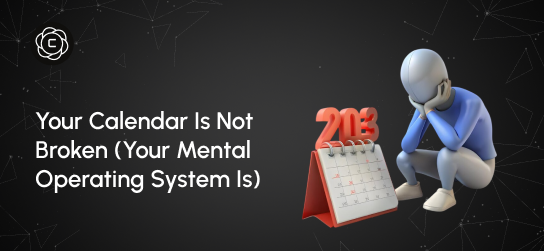
Your Calendar Is Not Broken (Your Mental Operating System Is)
Last month, I watched a founder spend three hours reorganizing his calendar app for the fourth time this year. Different colors, new categories, smarter blocking strategies. By week two, he was back to the same chaotic pattern: overcommitted, constantly running late, and feeling like his day controlled him instead of the other way around. The problem wasn't his calendar. It was the mental operating system running underneath it. Calendar issues aren’t about tools; they’re about how you think about time. They download new apps, try productivity methods, and wonder why nothing sticks. Meanwhile, the real issue sits in how their brain processes time, priorities, and commitments.
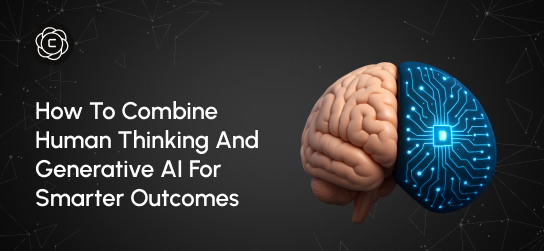
How to Combine Human Thinking and Generative AI for Smarter Outcomes
Last Tuesday, I watched two product managers go head-to-head on the same challenge. Same tools. Same data. Same deadline. But the way they used AI couldn’t have been more different and the results made that difference unmistakable. One delivered a generic solution, familiar and easily replicated. The other crafted a proposal that felt thoughtful, grounded, and strategically distinct. Their CEO approved it for implementation within minutes. The gap wasn’t technical skill or AI proficiency. It was their thinking architecture, the way they framed the problem, used AI to explore, and layered in human context to guide the output.
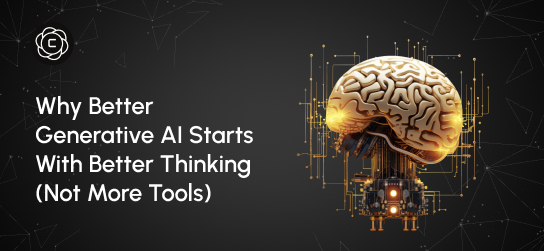
Why Better Generative AI Starts With Better Thinking (Not More Tools)
Four months ago, I watched a marketing director spend $400 on AI subscriptions only to produce the same mediocre content she'd always created. Her problem wasn't the tools. It was her approach. This scenario plays out everywhere. Professionals accumulate AI subscriptions like digital trophies, believing more tools equal better results. They're missing the fundamental truth: generative AI amplifies your thinking, not replaces it. The best AI users I know don't have the most tools. They have the clearest thinking processes.
Stay Updated
Get the latest AI insights, tutorials, and feature updates delivered to your inbox.

